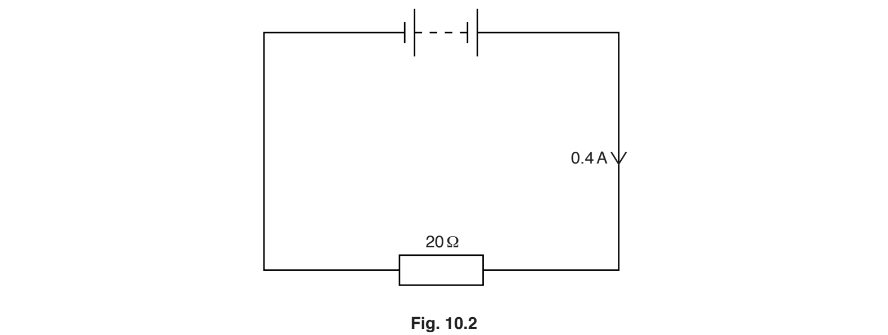A student makes a circuit to switch on a 6.0 V lamp from two different switches X and Y.

Fig. 9.1 shows the circuit.
Switch X is in position P. State the position of switch Y for the lamp to be lit.
The current in the lamp is 0.50 A when the potential difference (p.d.) across the lamp is 6.0 V.
Calculate the resistance of the lamp. Include the unit.
resistance = .........................................................
Extended tier only
The student connects another 6.0 V lamp in parallel with the first lamp, as shown in Fig. 9.2.

Give two advantages of connecting the lamps in parallel.
Did this page help you?



























